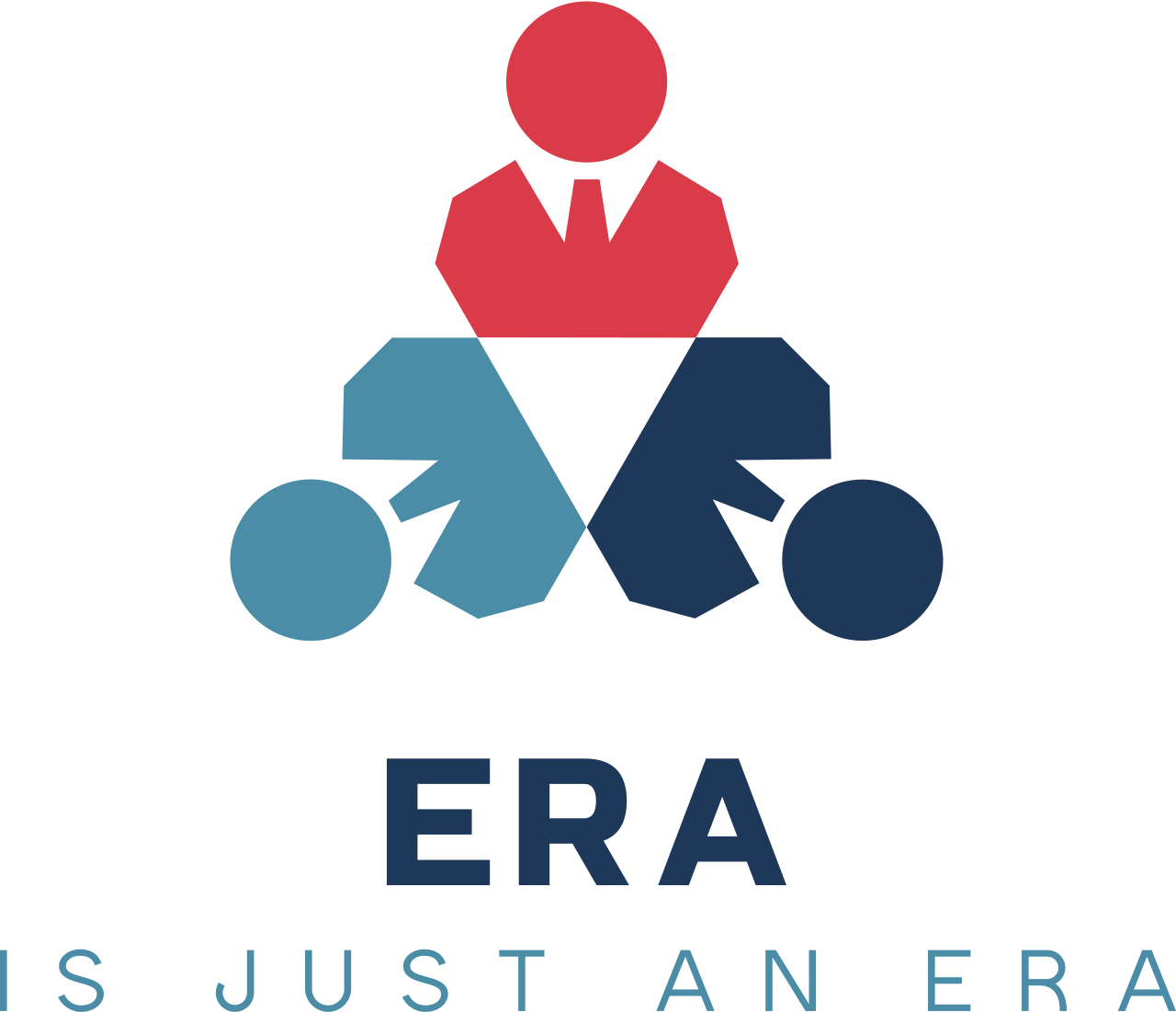Innovating the Future of Work: Embracing Remote and Hybrid Models
How does the enforced return-to-office mandate, which has federal employees working in cramped, under-resourced environments and often only participating virtually, affect overall productivity and the delivery of public services?
Recent research into remote and hybrid work environments is reshaping our understanding of workplace productivity and organizational dynamics. As businesses adapt to the challenges posed by global disruptions, groundbreaking studies have explored how transitioning to remote work affects everything from team collaboration to individual creativity. Innovative experimental approaches are shedding light on which aspects of remote work enhance creativity and which hinder routine efficiency.Researchers have started to dissect remote work’s multifaceted impacts, revealing that flexibility can significantly boost productivity when employees are performing innovative tasks. Controlled experiments indicate that working remotely fosters creativity by reducing interruptions, while simultaneously cautioning that unengaging tasks may suffer under the same conditions. In contrast, employees engaged in collaborative and routine responsibilities often find that working side by side in a physical space catalyzes knowledge-sharing and spontaneous learning—key elements critical for fostering a robust company culture.In parallel with these insights, studies emphasize the emergence of hybrid work arrangements that cleverly integrate the benefits of both remote and on-site work. These models provide workers with increased flexibility and a better work-life balance, while also maintaining the vital interpersonal interactions that drive mentorship, team cohesion, and informal learning. This dual approach not only addresses the shortcomings of fully remote setups but also mitigates challenges related to isolation, communication delays, and lost peer influence.One of the most striking innovations lies in the strategic investments in digital infrastructure and skills training. Governments and private stakeholders are increasingly recognizing that sustainable productivity improvements depend on accessible technology, robust cybersecurity, and continuous digital upskilling. By supporting small and medium enterprises (SMEs) with training and technological resources, there is an opportunity to make remote work both effective and inclusive, particularly in economies where digital disparities have historically limited growth.The evolving landscape of remote work also calls for a reimagined approach to traditional performance metrics; measuring productivity now requires sensitivity to individual work styles, job types, and the inherent challenges of virtual collaboration. As organizations navigate these paradigm shifts, the innovative blending of remote, hybrid, and in-office strategies is paving the way for a more adaptive, efficient, and engaging future of work. This dynamic transformation is not just a temporary response to crisis, but a sustained evolution aimed at tapping into the full potential of human and technological resources in today’s interconnected world.
